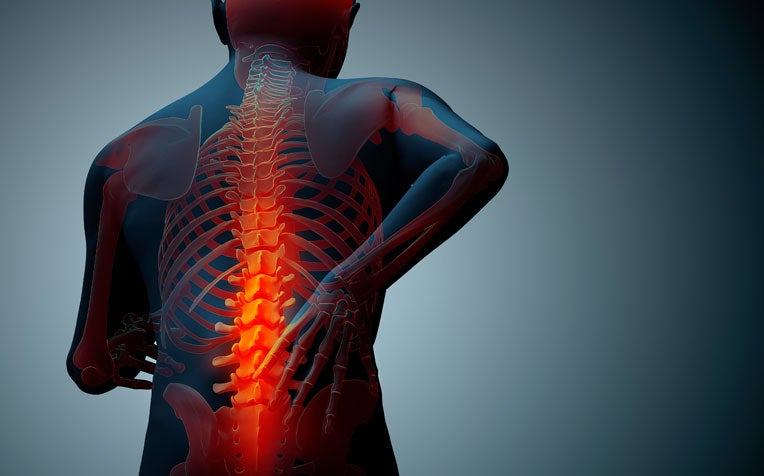
Lumbar puncture is used to diagnose infections and disorders of the central nervous system.
What is a lumbar puncture?
A lumbar puncture is a common medical procedure used to diagnose infections and various disorders of the central nervous system. It can also be used to measure, or sometimes relieve, pressure around the brain and spinal cord.
Called spinal tap in popular language, the procedure involves collecting a sample of cerebrospinal fluid (CSF) by inserting a thin, hollow needle into the lower part of the spine.
“The CSF is a clear, protective fluid surrounding the brain and spinal cord. It can be analysed for problems such as infection, bleeding or inflammation,” says the Department of Neurology, National Neuroscience Institute (NNI), a member of the SingHealth group.
What conditions can be diagnosed with a lumbar puncture?
A lumbar puncture can be used to inject medications in the cerebrospinal fluid, but most commonly it is used to collect a sample to detect or rule out conditions affecting the central nervous system, such as:
- Meningitis
A condition where viral or bacterial infections cause inflammation of the protective membranes covering the brain or spinal cord.
- Multiple sclerosis
A condition in which the body’s immune system attacks the protective sheath (myelin) of the nerves in the brain and spinal cord.
- Guillain-Barré syndrome
A rare inflammatory disorder in which the body’s immune system attacks the peripheral nervous system which connects the brain and spinal cord to the rest of the body.
- Subarachnoid haemorrhage
A condition where bleeding occurs in the space between the brain and its surrounding membrane.
- Other brain and spinal cord conditions
These can include Reye syndrome, encephalitis, myelitis as well as certain cancers of the brain and spinal cord.
How is lumbar puncture performed?
Lumbar puncture is performed under local anaesthesia. This means the patient stays awake throughout the procedure but the region is numbed to any pain through injection of an anesthetic agent.
The patient’s lower back is first disinfected with an antiseptic solution. The patient can be asked to lie on one side in a curled up position or to sit down with arms and head resting on a table.
Once the anaesthetic has taken effect, a hollow needle is inserted through a small puncture site in the lower back. As the needle passes through the spinal membrane into the spinal canal, some pressure or discomfort can be felt momentarily.
Doctors can then measure the pressure of the cerebrospinal fluid, inject medication or most commonly, collect a CSF sample. The puncture site is sterilised and cleaned.
The procedure takes about 30 minutes.
Risks of lumbar puncture
The procedure is generally safe, but some people may experience complications such as:
- Headaches or dizziness
Spinal headaches are the most common type of complications, occurring in about 10-20 per cent of patients. These headaches are thought to be caused by a drop in cerebrospinal fluid pressure. Some patients may also feel dizzy and nauseous.
- Back pain or leg numbness
The lower back may feel tender and painful for a few days.The legs may feel numb but this is only temporary, with a variable duration depending on the extent of injury to the nerves.
- Bleeding
There may be minor bleeding at the puncture site. Spinal or epidural bleeding is rare.
- Infection
There is a very small risk of bacterial infection at the puncture site. Typical symptoms of infection are redness, pus and swelling.
- Brain herniation (coning)
Lumbar puncture should not be carried out if there is a possibility of raised intracranial pressure (increased pressure in the head) as it could cause the brain to shift position. This is an exceedingly rare complication.
After a lumbar puncture
- If you have just undergone a lumbar puncture, these tips will help speed up your recovery.
- Drink plenty of fluids.
- Minimise standing or sitting upright at least for the first hour. Get sufficient bed rest to alleviate any headaches and lower back pain.
- Avoid strenuous physical activity for a day or two.
- Take pain relief medications to reduce headaches and back pain.
You should see a doctor if the spinal headache and back pain worsen or if fever develops.
Ref: R14















 Get it on Google Play
Get it on Google Play